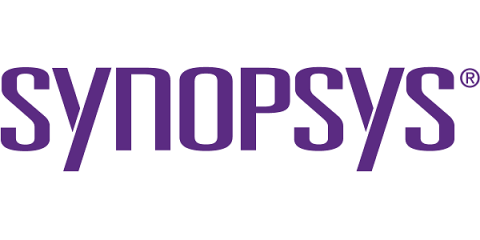Last (Executive) Orders Please: Supply Chains, Policy and Modernising Cybersecurity
An EO is a written, signed, and published directive from the President that manages operations of the federal government, and although some EO’s require legislative approval, they effectively become law. It comes on the back of several high profile incidents involving Microsoft (Exchange), SolarWinds and the recent Colonial Pipeline incident. It is seen as a much-needed step to modernise and protect federal networks and improve information sharing between the private and US government.











